Share
Share

The Unstoppable Rise of AI in Patent Search
Boolean search has long been the gold standard in patent research precise, logical, and reliable. But the world it was built for has changed. Patent filings have surged; technologies overlap, and terminology keeps fragmenting across fields and regions.
The Boolean method’s greatest strength is control through keywords and transparency in output. The keyword approach is now increasingly seen as cumbersome and prone to human errors. No matter how carefully you design your search strings, the reality is that relevant patents hide behind alternate terminology, evolving jargon, and phrasing you didn’t anticipate.
AI Search changes this by understanding meaning, not just matching words. It interprets how concepts connect and ranks results by relevance of thought rather than syntax. AI was always a faster way to uncover relevant patents without much effort and as AI models improve, AI is also becoming a more complete way to find patents.
Boolean can still deliver precision, but only if you predict every synonym and variant. Miss one and recall drops; add too many, and precision suffers. In a world of massive datasets and complex innovation, that trade-off no longer scales.
The AI Search Shift: From Words to Meaning
AI Search doesn’t look for exact word matches; it looks for contextual alignment. Trained on massive technical corpora, AI understands that “quantum key distribution” is broadly also referred to as “QKD cryptography” and distribution can also be interchanged with exchange and agreement which are not necessarily synonyms of it. Based on the context it can recognize when “resistance” refers to electrical properties versus material durability.
The difference is conceptual. Instead of Boolean’s mechanical matching, AI interprets intent. You can express your query naturally and get results ranked by relevance to that concept, not just by the words you used.
This ability to interpret meaning solves the synonym problem, handles new jargon automatically, and dramatically shortens the path from query to insight. You no longer spend hours tuning syntax; you spend minutes reviewing genuinely relevant results.
Why AI will continue to rise
Accessibility: More people can search well. R&D, product, and portfolio teams can frame intent without operator training. As an IP professional, you can keep oversight while discovery becomes a shared task.
Scale: Patent databases now contain hundreds of millions of records worldwide. AI handles this volume efficiently, while manual keyword expansion struggles to keep up.
Precision with recall: With Boolean you trade one for the other. AI improves both by ranking on meaning, so the most aligned results appear first while breadth remains.
Adaptability: Language changes. Models retrained fresh text to learn new terms and map them to prior ones. Keyword strategies must be rewritten.
Efficiency: The practical win. A day of iterations turns into minutes of guided exploration. You can ask for variants, for limits by assignee or year, or for prior art near a claim element, and continue from the best hits.
PatSeer: Bringing AI Search to Practice
At PatSeer, we’ve focused on making AI Search operational for professionals who need both power and reliability. We pioneered the Combination AI Search approach, allowing you to begin with AI Search and refine results using Boolean – all within the same familiar scripting framework. This brings together the best of both worlds: AI’s conceptual reach and Boolean’s precise control.
From Search to Review to Analysis
AI-driven search connects directly with downstream tools to claim comparison, summarization, semantic clustering, and landscape mapping. Once results are grouped by meaning, you can visualize the technology space, key players, and overlaps without manual tagging.
From Queries to Conversations
With PatAssist, reviewing patents becomes conversational. Instead of manually reading entire documents, you can ask questions in natural language, e.g. “Does the patent include a XYZ part/method” or “what is the exact inventive step in the method disclosed”. The system understands the context of your query and refines its responses as you go, letting you focus on insight rather than navigation.
From Reactive to Proactive
Traditional alerts rerun saved Boolean queries and send new results based on exact matches. With PatSeer, you can set alerts on your AI free-text searches. The system automatically tracks new filings that align with the meaning of your query, keeping you updated on emerging patents without the need to rerun searches or constantly adjust for evolving terminology.
The Transition Is Already Underway
Boolean search won’t disappear; it remains valuable for FTOs and where legal precision and structured filtering is necessary. But it’s no longer the primary discovery engine. The center of search gravity is gradually shifting from keywords to concepts.
Professionals who adapt now gain a distinct advantage. The role of a patent professional is evolving less about crafting syntax, more about framing intent, validating AI outputs, and extracting competitive insights. AI doesn’t replace expertise; it multiplies its impact.
In a field defined by precision, the irony is that Boolean’s rigidity has become its constraint. AI’s ability to grasp meaning is the scalable path forward.
Conclusion
The shift is already visible. Teams that integrate AI Search are completing projects faster, catching edge cases Boolean missed, and freeing up time for deeper analysis.
Boolean defined the keyword era of patent search. AI defines the meaning era. As patent data grows and language evolves, understanding will always outperform matching.
Those who make the transition early will not only save time; but they’ll also see what others don’t.
Trusted by global innovators. Your partner in IP research excellence.
Collaborate, manage projects, and analyze data seamlessly, all within one secure IP intelligence platform.























